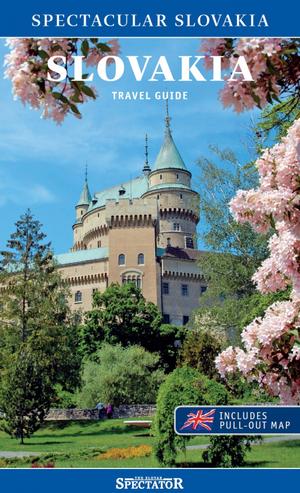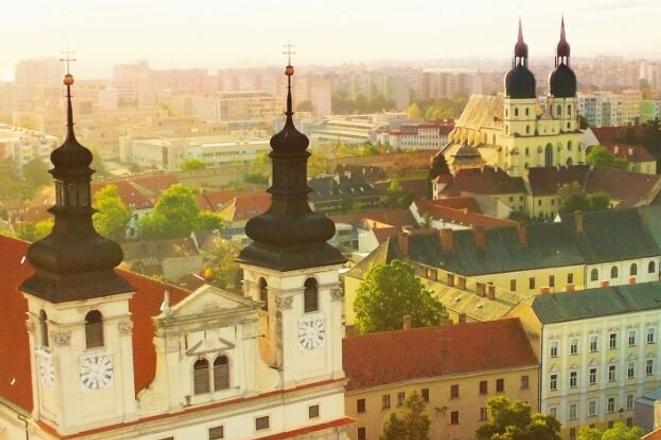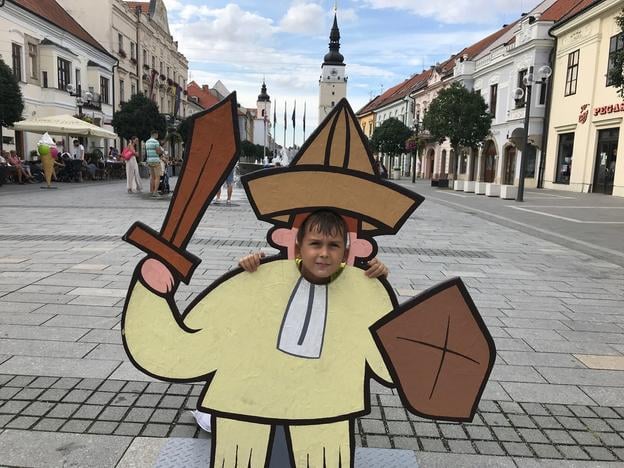This article was prepared for an edition of the Spectacular Slovakia travel guideand was published in the travel guide Slovakia.
 A helping hand in the heart of Europe offers for you Slovakia travel guide.
A helping hand in the heart of Europe offers for you Slovakia travel guide.
Western Slovakia is rich in history, culture, architecture, cuisine and language. Trnava, the centre of the district and region of the same name, is an excellent example.
Trnava was the first town in the area of present-day Slovakia to be given the privileges of a free royal town, which Hungarian King Béla IV granted in 1238. In 1543, when the Ottomans overran Esztergom, the Esztergom archbishop and his office moved to Trnava, and the town became the religious and cultural centre of the Hungarian Kingdom for almost 300 years. This contributed greatly to the town’s development and even today Trnava is referred to as Little Rome.
Cardinal Peter Pázmány established Trnava University here, which moved to Buda in 1777, but at the end of the 18th century, the town became a centre for Catholic intellectuals who fostered the Slovaks’ national awakening. Alongside other bigger towns in the region, Trnava benefited from its position on a major trade route, which also gave it a multicultural character. After the archbishop moved back to Esztergom, the town’s importance declined, though it underwent another boom later with the growth of industry.
The first horse-drawn railway in the empire was the Bratislava-Trnava line, launched in 1846. Meanwhile, industry continued to grow, with the most recent big arrival being French carmaker PSA Peugeot Citröen (now Stellantis Slovakia), which built a technologically advanced plant, drawing numerous subcontractors to the region.
Main Street and Trinity Square (Hlavná ulica, Trojičné námestie)
Main Street and the Trinity Square have marked the centre of the town for centuries.
Main Street used to connect the Lower Town Gate from the south and the Upper Town Gate from the north. It is lined with attractive historical houses, including the town hall, rebuilt in the classicist style, as well as Renaissance buildings and the Church of St Helena. The part of the street that runs through the pedestrian zone offers lively shops, cafés and restaurants, and joins the square dominated by the city tower.
Other major features include the baroque column of the Holy Trinity, the Theatre of Ján Palárik and the House of Culture, which was built during the communist regime.
Town tower (Mestská veža)
The Renaissance city tower was built in the 16th century. With the balcony at the height of 29 metres, it affords views over the whole city and its vicinity. It is connected to a small museum documenting the town’s history. A tourist information centre can be found at the tower’s base.


 Trnava (source: Courtesy of Spectacular Slovakia)
Trnava (source: Courtesy of Spectacular Slovakia)
 Main Street (source: Michaela Terenzani)
Main Street (source: Michaela Terenzani)